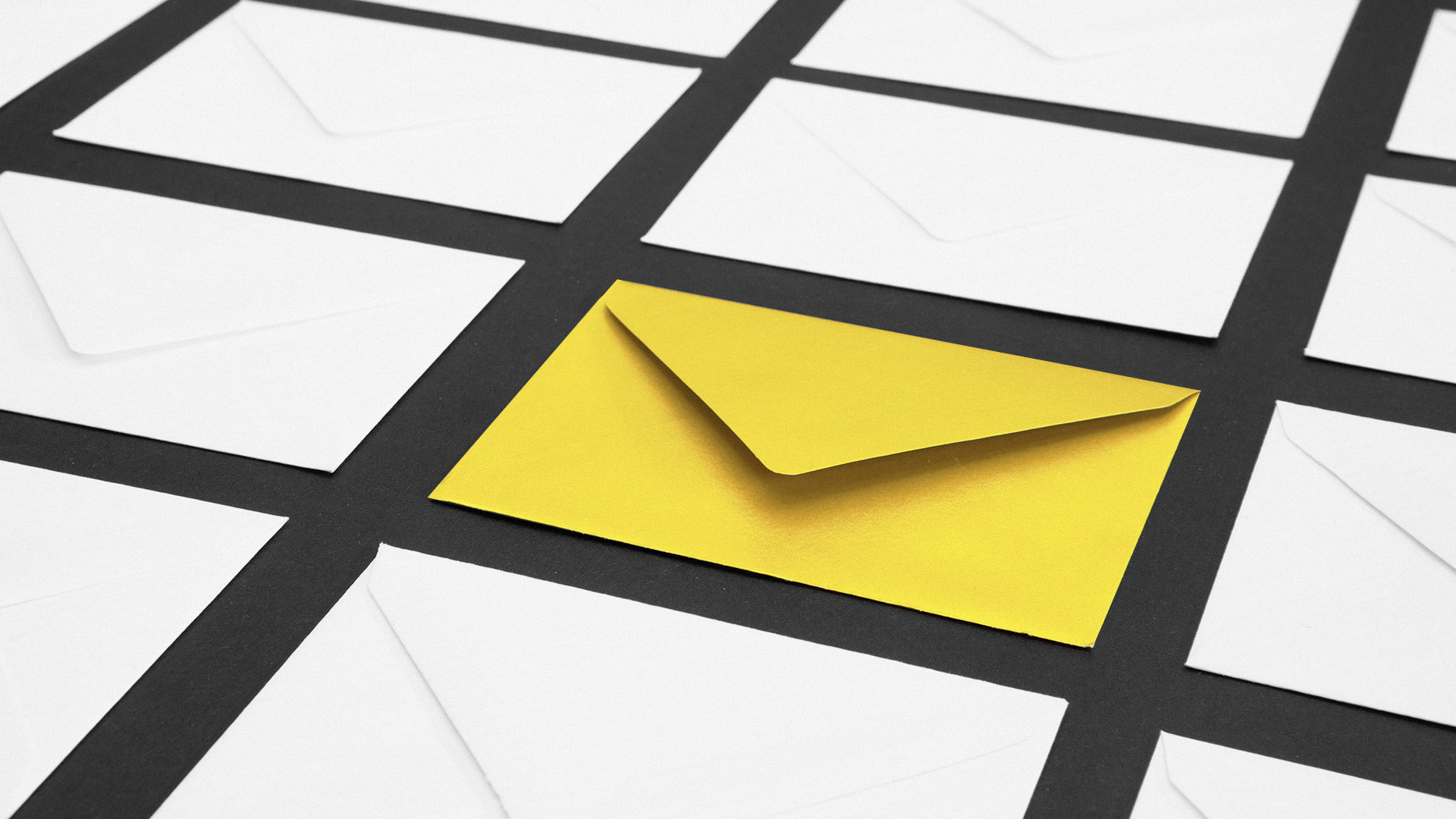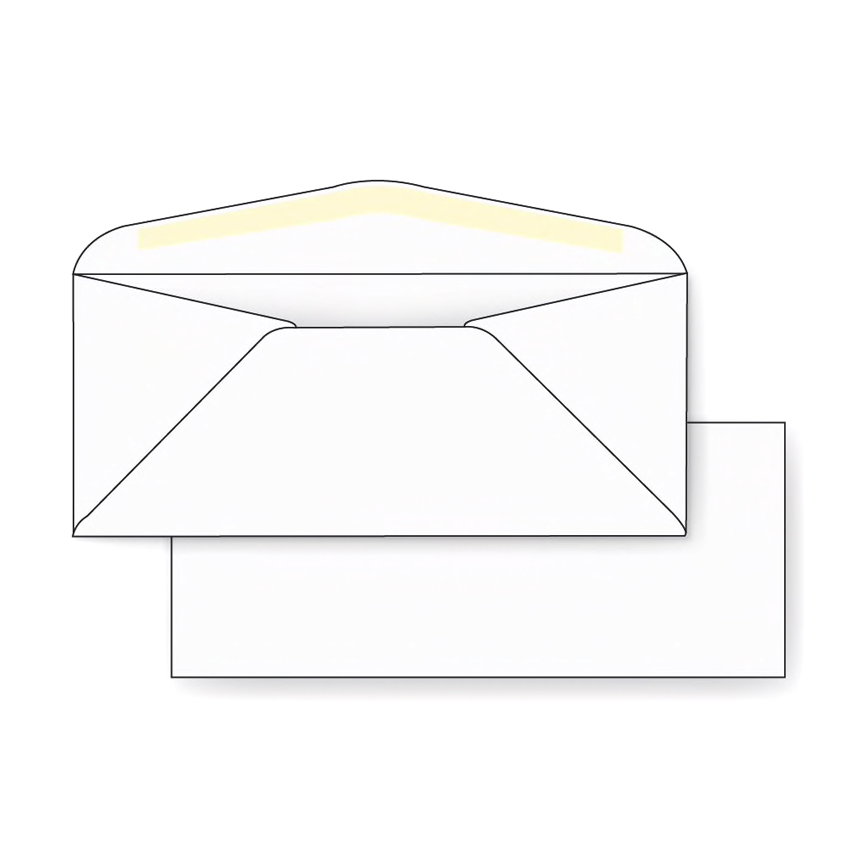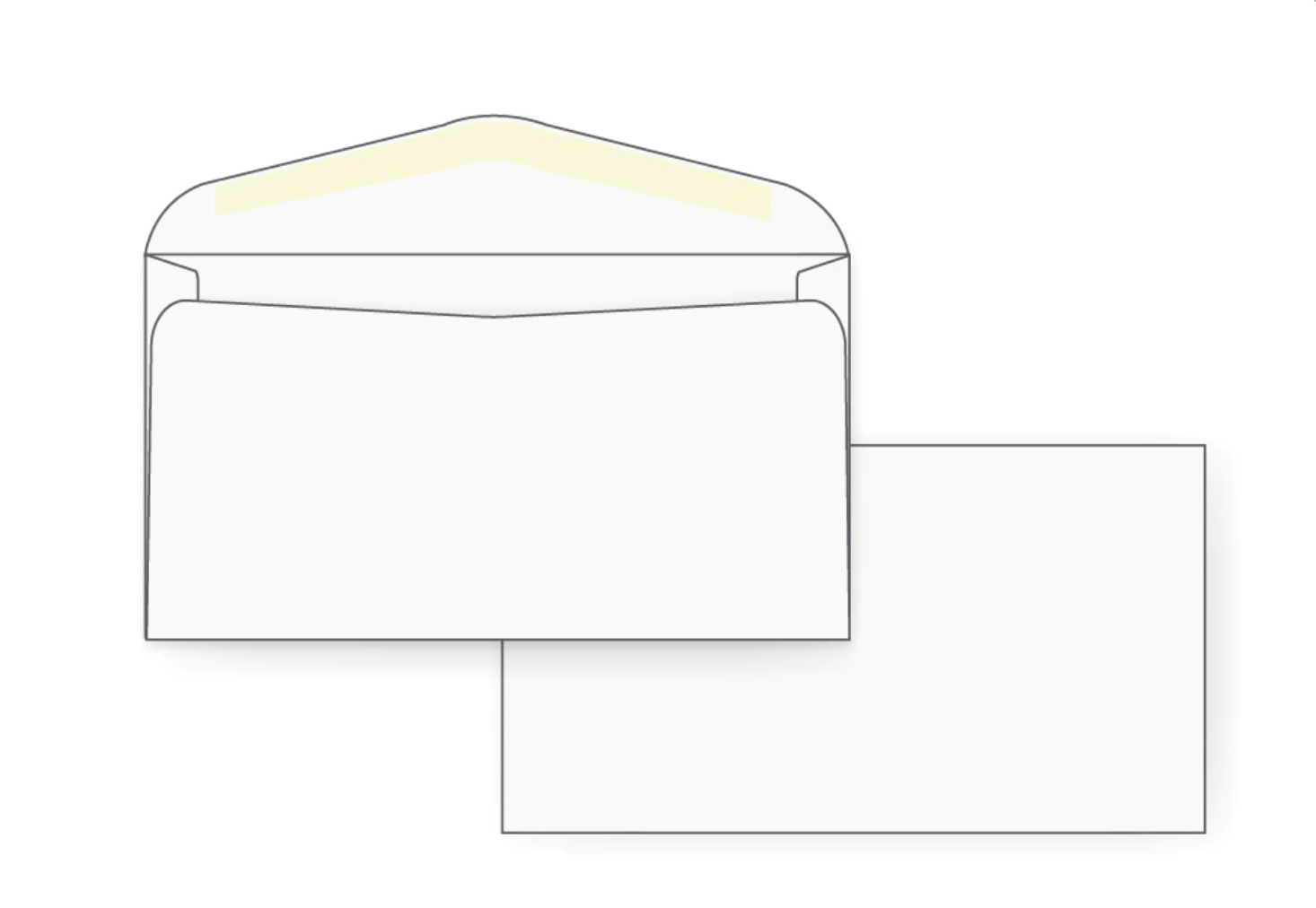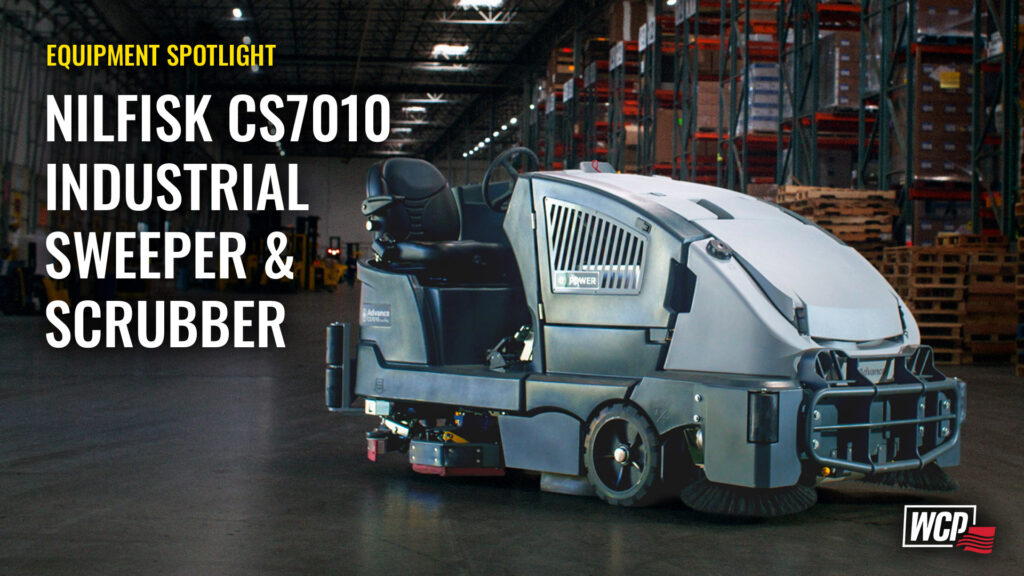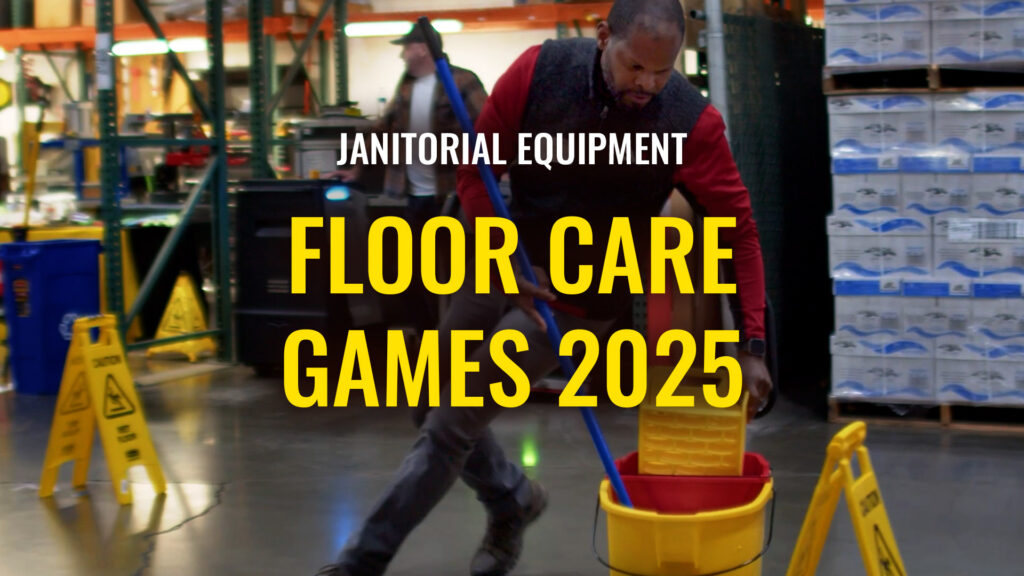What’s the Difference Between Diagonal Seam and Side Seam Envelopes
What Are the Different Types of Envelope Seams?
Even though we live in a world where everything is becoming digitized, sending information through the mail is still just as prevalent and choosing the right type of envelope to use is just as important as the contents inside it. We have put together some factors to consider when deciding which seam envelope to use and what makes each seam envelope unique. There are two types of seam envelopes, diagonal and side seam, and every common commercial size envelope comes in either seam option. Factors such as the purpose of the mailer, its contents, and the envelope printing design will all need to be considered when determining what type of envelope seam to use.
Diagonal Seam Envelopes
Diagonal seam envelopes are pre-die-cut, folded, and glued in three separate processes. Since they are die-cut, this type of seam envelope can not be produced as quickly as a side seam. As well, due to the diagonally cut seam, they also tend to work better with most inserters. This is especially true for small to mid-sized diagonal seamed envelopes which is why this style is more favorable for some envelope converters. But keep in mind larger and more sophisticated inserters can handle a side seam. If your print design requires it to look a certain way, it may not lay out how you envision it due to the diagonal seams. In addition, sometimes ink can get clogged up in between the seams and smear.
Side Seam Envelopes
Just like diagonal seam envelopes, side seam envelopes can be cut, folded, and glued in three different steps. However, this three-step process usually takes place when the order quantity is under 100,000, otherwise, it can be run in a web-style machine. This type of machine uses knives to trim the paper before it is folded and is done in one complete process. Because web-folding machines can run faster than die-cut machines, they can be produced a lot faster and are more cost-effective. Side seam envelopes allow for a smooth, fold-free panel on the back of the envelope. This design is favorable when your design requires a lot of printing or can not be distorted by folding. Some also prefer this look because it looks more streamlined.
Want to Learn More?
For more information on envelopes and paper, contact your local WCP account manager or customer service team. We’d be happy to set up a consultation with our WCP Envelope experts to discuss your envelope options. Give us a call today at (877) 398-3030.
